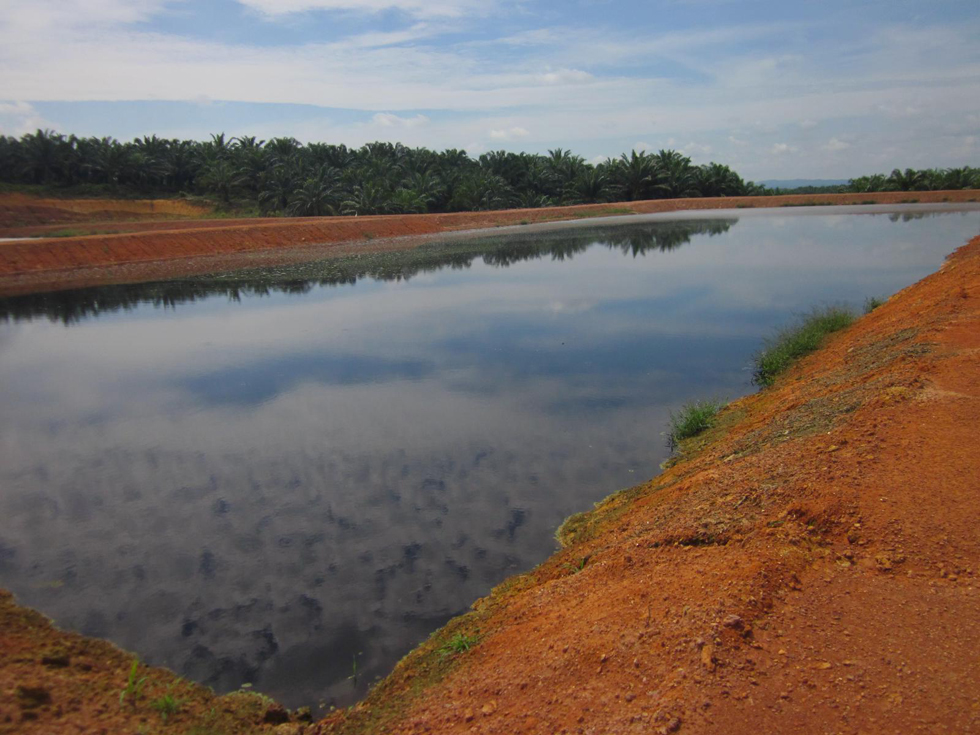
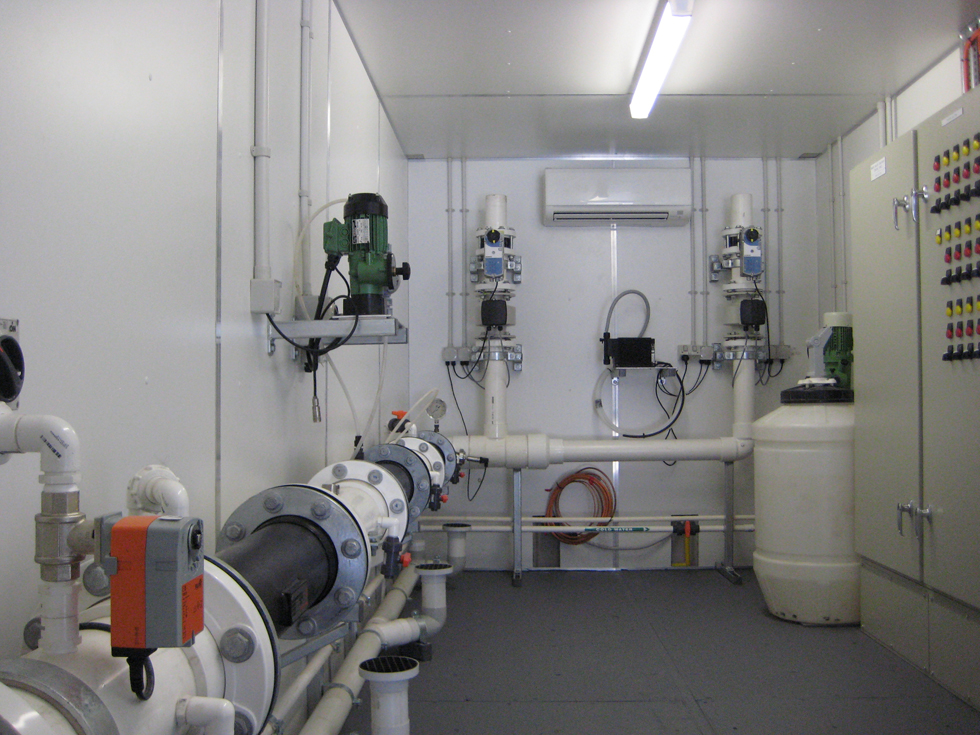
GRT’s licensed patented technology uses natural forces that are defined in Newton’s “Laws of Motion” to reduce energy usage. Settling rate and volume of sludge formed depends upon hydraulic retention
The process
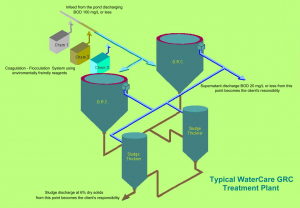
Using our knowledge of water chemistry, we change the chemistry of liquids that alters the solubility of chemicals dissolved in liquid, GRT are able to extract many seen and unseen contaminants in water and produce clear water.
This first part of the process uses common readily available reagent, but selection of the correct type of reagent is important, each differ greatly in quality and activity.
How does it work?
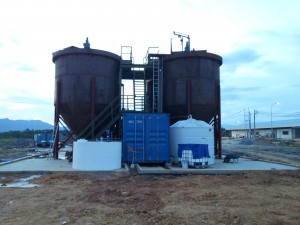
The GRC process from the first stage of treatment to final discharge is calculated. The Plant’s performance is monitored by Direct Digital Controller (DDC) through sensors, along with our remote monitoring capabilities adjustments are performed immediately which result in real-time changes saving on unnecessary call-out fees and waiting time leading to out of spec discharge costing the client prosecution and /or unbalancing biological processes.
Treatment Plant Location
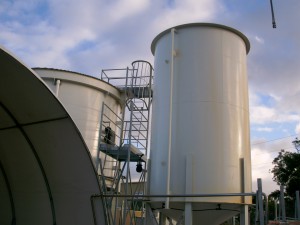
Mobile Rig placement is unlimited giving an overall look at the existing system.
